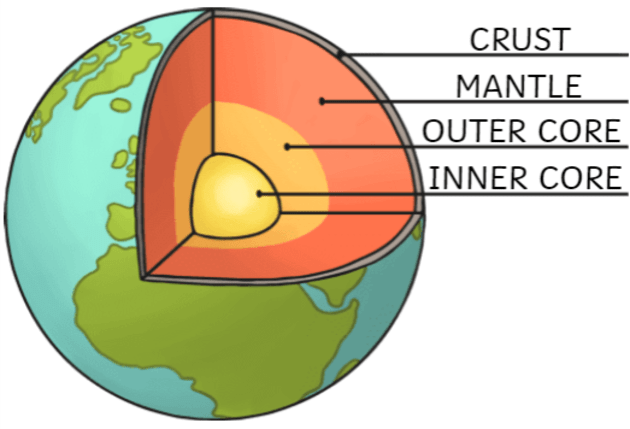Surah Ash-Shura Ayat 32 (42:32 Quran)

The sight of a ship gliding across the water is both timeless and wondrous. Beneath its sturdy hull, a delicate equilibrium unfolds—a testament to the ingenuity of design and the silent laws of nature. The principle of buoyancy, first unraveled by Archimedes, dictates this graceful balance. For every ton of steel and cargo, the ship displaces an equal measure of water, its weight met by an invisible force that holds it aloft.
Yet, buoyancy is more than a mechanical principle; it is the poetry of possibility. It transforms steel into grace, enabling vessels to traverse oceans vast and tempestuous. From ancient wooden galleys to the towering liners of today, ships embody humanity’s ability to harmonize with nature’s forces. They do not conquer the water but live in rhythm with it, sustained by the gentle push of displaced waves, forever carried forward by the mystery of floating.
Now one would never parable the gracefulness of a ship floating upon the sea with a massive land mass such as a mountain. But the creator of the worlds makes this parable in Surah Ash-Shura Ayat 32 (42:32 Quran).

Mountains, those enduring sentinels of the landscape, rise majestically toward the heavens, yet their grandeur belies a delicate balance deep within the Earth. Beneath their towering peaks lies a foundation of buoyancy, where the immense weight of rock is counteracted by the pliable mantle below.
The mantle is the thick, mostly solid layer of rock that lies between the Earth’s crust and its core.. It is the largest portion of the planet’s volume (around 84%) and composed primarily of silicate rocks like olivine and peridotite; although solid, it can behave like a viscous fluid over long periods due to extreme heat from the core, creating convection currents within it.

Mountains float on the mantle in a similar way to ships floating on water via the concept of buoyancy. It is the upward force that any object experiences in a fluid. When the buoyant force is greater than an object’s weight, the object will float. The density of an object relative to the fluid it’s in determines whether it will float or sink. Less dense objects float in denser fluids. The Earth’s crust is made of lighter material that rests on denser mantle material. Mountains “float” on the mantle because of this density difference. Mountains have roots that extend into the mantle, similar to the keel of a ship. The roots are usually about 5.6 times deeper than the mountain range’s height. The height of a mountain range is determined by the balance between the mountain’s weight and its buoyancy in the mantle. As erosion removes material from the top of a mountain, the mountain’s weight decreases, causing the mountain to rise. The Earth’s crust and mantle are in a state of gravitational equilibrium called isostasy. The crust “floats” at an elevation that depends on its density and thickness.
Like ships floating on a vast, invisible ocean of molten rock, mountains are held aloft by the similar concept of isostasy—the equilibrium between the Earth’s crust and the denser, flowing mantle. This quiet interplay ensures that as peaks soar and valleys deepen, the crust adjusts, rising or sinking imperceptibly over eons. The mountain’s majesty, then, is not a defiance of gravity but a partnership with the forces that shape the Earth, a harmony of weight and uplift etched into the bones of the planet itself.
In the quiet interplay of nature’s forces, the buoyancy of ships and mountains reveals a profound symmetry. A ship floats effortlessly atop the ocean, its hull displacing waves, its weight perfectly counterbalanced by the water beneath. Similarly, mountains rise toward the heavens, their immense mass countered by the Earth’s crust, floating upon the pliable mantle below. Both find balance in the tension between weight and support—a delicate dance of forces that shapes the landscapes of seas and summits alike. Nearly 1400 years ago – the creator made an analogy between the mountain and the ship that only modern science has recently recognized.
In Surah Fussilat (Quran 41:53) – Allah (swt) says: We will show them Our signs in the universe and within themselves until it becomes clear to them that this ˹Quran˺ is the truth. Is it not enough that your Lord is a Witness over all things?

